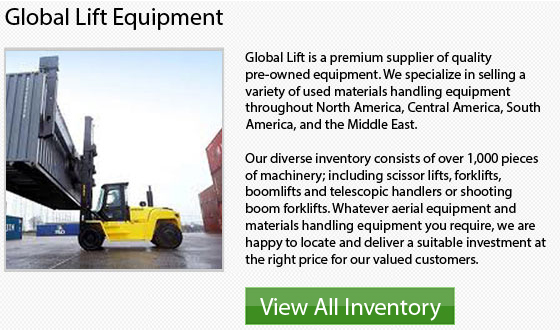
The well-known Gradall excavator traces its roots back to the start of the 1940s. During this time, WWII had created a scarcity of workers because most of the young men went away to war. This decrease in the labor force brought a huge need for the delicate work of finishing and grading highway projects.
A Cleveland, Ohio construction business referred to as Ferwerda-Werba-Ferwerda faced this particular problem first hand. Two brothers, Koop and Ray Ferwerda had relocated to the United States from the Netherlands. They were partners in the firm which had become one of the leading highway contractors in Ohio. The Ferwerdas' started to make an equipment which will save both their livelihoods and their company by inventing a unit that will do what had previously been physical slope work. This creation was to offset the gap left in the worksite when lots of men had joined the army.
The brothers initially created a device which had 2 beams set on a rotating platform, which was attached on top of a used truck. They utilized a telescopic cylinder to be able to move the beams out and in. This allowed the attached blade at the end of the beams to push or pull dirt.
After a short time, the Ferwerda brothers improved on their initial design. They made a triangular boom to produce more power. Then, they added a tilt cylinder which enabled the boom to turn 45 degrees in either direction. This new unit can be equipped with either a blade or a bucket and the attachment movement was made possible by placing a cylinder at the back of the boom. This design powered a long push rod and allowed a lot of work to be done.
Numerous digging buckets were introduced to the market not long after. These buckets in sizes ranging from 15 inch, 24 inch, 36 inch and 60 inch buckets. There was also a 47 inch heavy-duty pavement removal bucket which was also offered.